The Posterior meningeal artery supplies the posterior meninges as a blood vessel branch. It is connected to the external carotid artery (arteria carotis externa) through the opening in the base of the skull (jugular foramen).
Diseases in this context include meningitis (meningitis), meningiomas (tumors of the meninges), hematomas (bleeding), malformations (malformations) of the vessels, arteriosclerosis (deposits in the vessel walls, so-called "plaque"), thrombi (formation of plugs from Platelets) and aneurysms (vasodilatation / rupture) and, as a possible consequence, infarcts.
What is the posterior meningeal artery?
The posterior meningeal artery - or posterior meningeal artery called - is an arterial branch in the meninges, the "meninges", which supplies the brain and the hard meninges with arterial blood and thus with oxygen.
As a small vascular branch, the posterior meningeal artery is connected to the arteries in the neck area. The arteries enter the cranial cavity and the vascular branches enter the meninges through the jugular foramen, the opening at the base of the skull. Anastomoses represent a special feature. The arteria meningea posterior forms anastomoses with two further arteries, the anterior meningeal artery (Arteria meningea anterior) and the middle meningeal artery (Arteria meningea media): An anastomosis is to be understood as an anatomical connection, in this case between the Blood vessels that regulate blood circulation in the brain and prevent the surrounding tissue from dying if one vessel fails.
Anatomy & structure
The brain is protected from the outside by the skullcap. Below it are the meninges, venous blood conductors, branches of arteries and the cerebral fluid (liquor).
Meninges, or meninges, are those layers of connective tissue that are located between the brain and the top of the skull. There are three types of meninges: the hard meninges (dura mater), the cobweb (arachnoid) and the delicate meninges (pia mater). These connective tissue layers within the skull are called intracranial. The posterior meningeal artery is an intracranial branch of the "ascending artery of the pharynx" (ascending pharyngeal artery), which in turn emerges as the main branch of the "external carotid artery" (the external carotid artery).
In rare cases the ascending artery can also be connected to the "internal carotid artery" (the internal carotid artery). This is the case for around 1-2% of the population. The posterior meningeal artery supplies the dura mater, the outermost meninges of the posterior wall of the skull. The arteries lead through the jugular foramen (the "throttle hole") into the neck area. The jugular foramen is located between the temporal bone and occiput as an opening at the base of the skull and through it other important conduction pathways such as cranial nerves, veins and arteries, which are responsible for supplying the brain, lead.
Function & tasks
The primary function of the posterior meningeal artery is to supply the brain with arterial and therefore oxygen-rich blood. After passing through the brain, the oxygen-depleted blood flows off via the venous blood conductors. If the brain is supplied with a little less blood, this can be compensated for by using more oxygen. However, if this blood flow rate drops to below 10ml per 100g tissue, cell death occurs.
The anastomotic connection of the arteria meningea posterior with the arteria meningea anterior and the arteria meningea media prevents to a certain extent that tissue cells die (tissue necrosis occurs) and the blood circulation in the brain is maintained. This function of the cerebral blood flow is called autoregulation. An important aspect in connection with the blood circulation in the brain is the blood-brain barrier: it is built up by the capillary system, which extends as a network over the entire brain, and is to be understood as a kind of filter.
The blood-brain barrier functions, among other things, through enothelial cells and represents a physiological barrier to the fluid spaces in the bloodstream and central nervous system. The blood-brain barrier keeps toxic substances away from entering the brain. Methods for making the vascular branches in the brain visible are imaging procedures: angiography depicts the vessels by administering a contrast medium. Magnetic resonance tomography (MR) supported angiography in 3D represents a further technical development.
Diseases
If anastomoses affecting the posterior meningeal artery are malformed from birth, one speaks of cerebral arteriovenous malformation. Because of this malformation, the arteries are connected to the veins without a capillary system.
The consequences of such vascular anomalies are internal bleeding, strokes and aneurysms. Atherosclerosis is a common disease. In this case, the arterial walls are affected by deposits (plaque) from blood lipids, clots and calcium. As a result, the vessels constrict, the blood can no longer pass properly and supply the regions with oxygen. It is particularly difficult for the blood to pass through the fine branches of the arteries. As a result of plaque, platelets (thrombi) often form plugs and cause heart attacks. An aneurysm occurs when the vessel wall enlarges or ruptures and can occur in the artery or in the brain (cerebral aneurysm).
If the cerebral aneurysm cannot be operated on, damage to the brain or death will result. In addition to hematomas (bleeding in the brain), there are serious diseases of the meninges: meningitis (meningitis) caused by viruses or bacterial infestation or inflammation of the brain (meningoencephalitis). Degeneration of cells in the arachnoid region can lead to a meningeal tumor (meningioma).

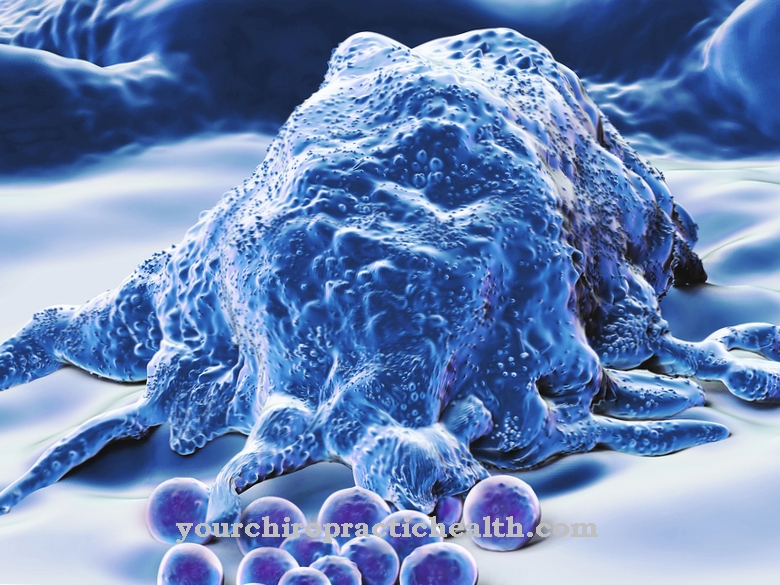
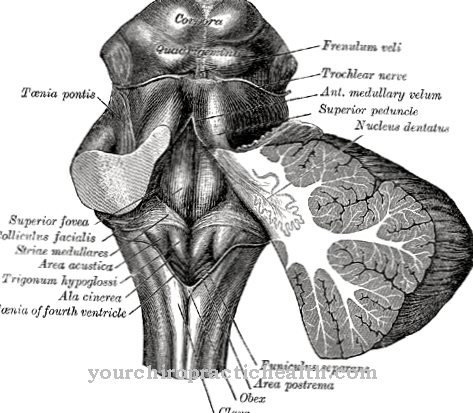
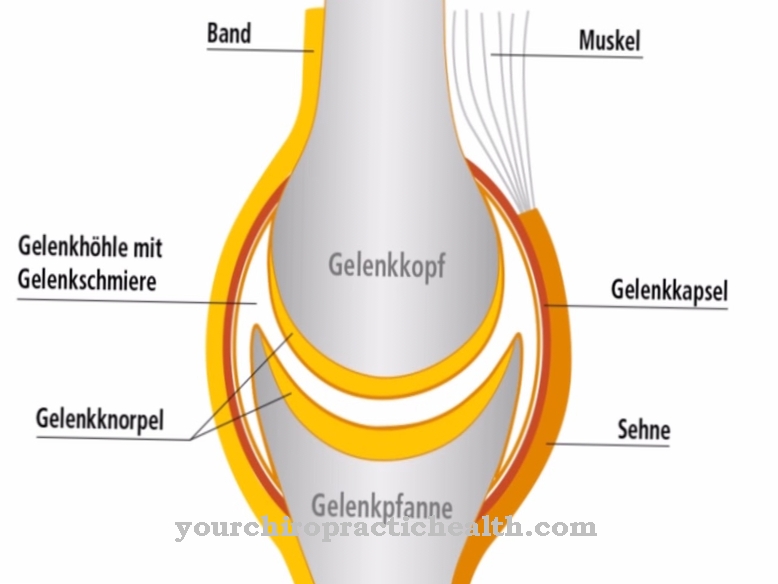
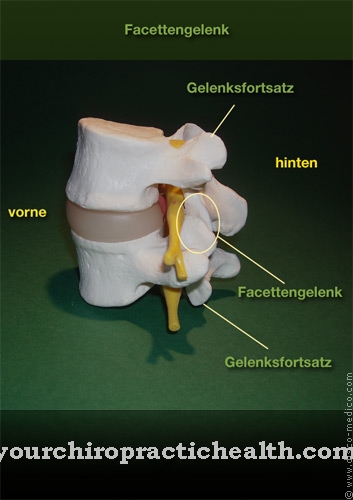
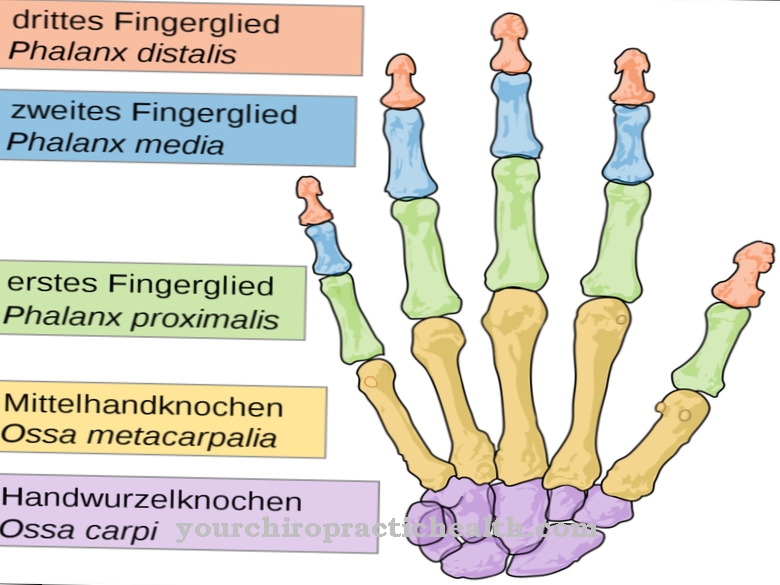


















.jpg)



